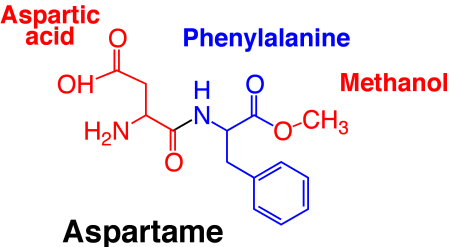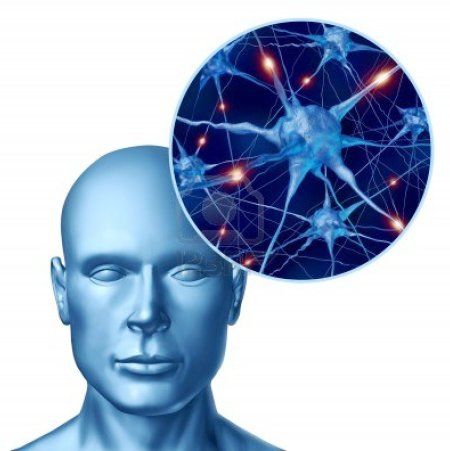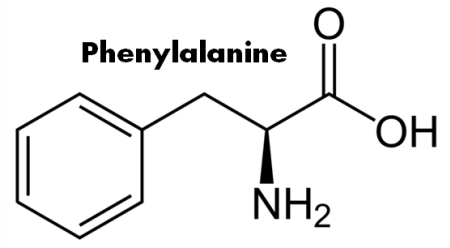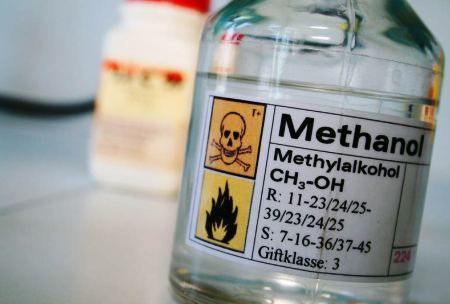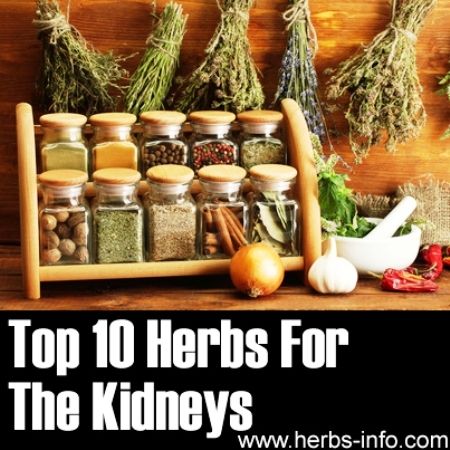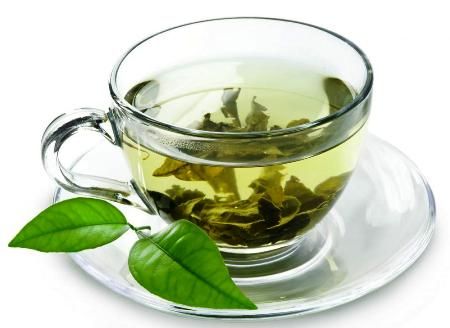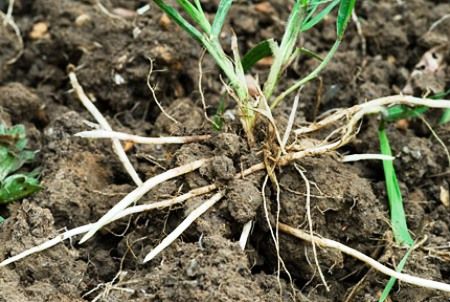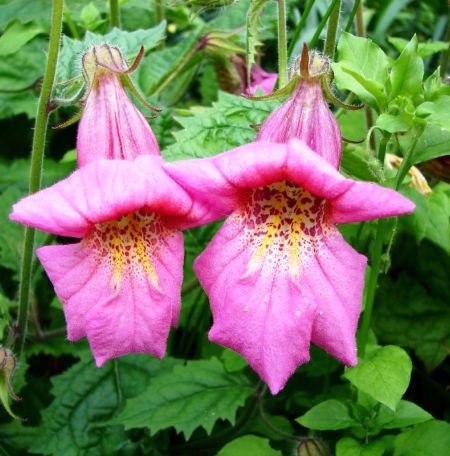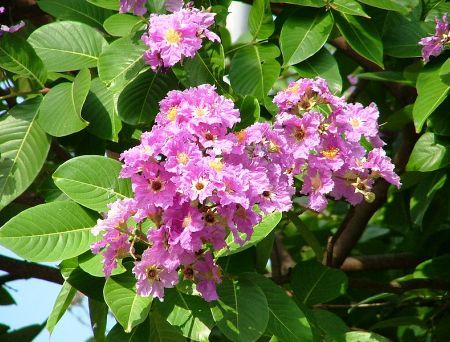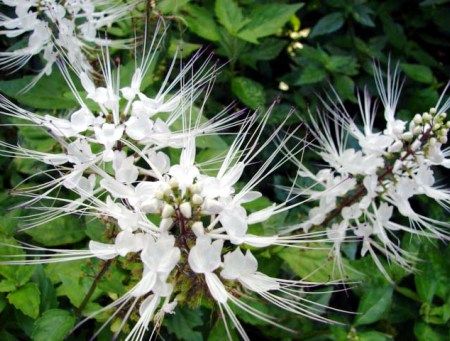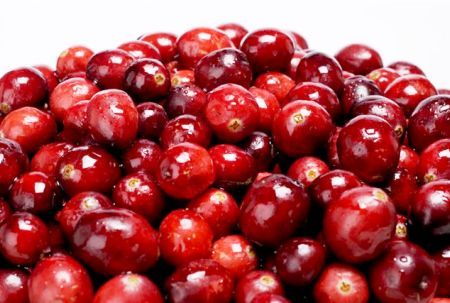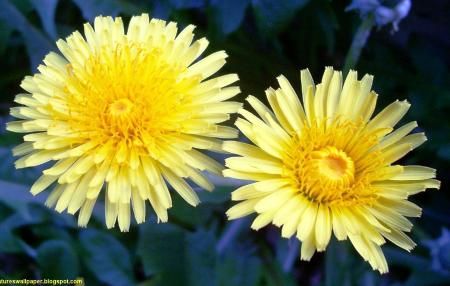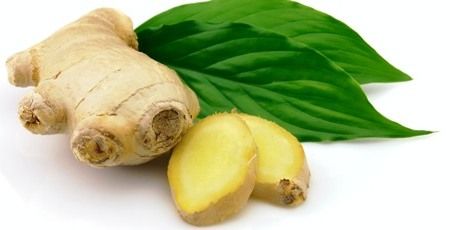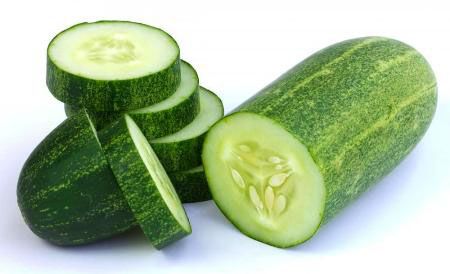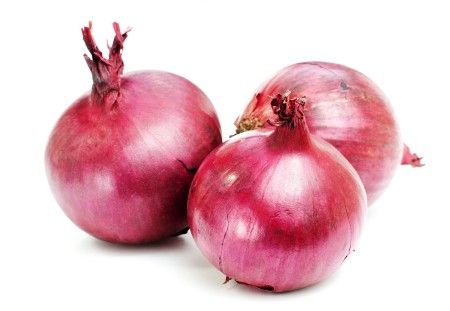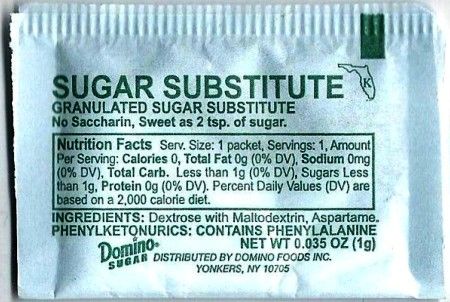
Aspartame is the technical name for the brand names NutraSweet, Equal,
Spoonful, and Equal-Measure. It was discovered by accident in 1965 when James
Schlatter, a chemist of G.D. Searle Company, was testing an anti-ulcer drug.
What you don't know WILL hurt you. Find out the dangerous effects of
artificial sweeteners to your health.Aspartame was approved for dry goods in
1981 and for carbonated beverages in 1983. It was originally approved for dry
goods on July 26, 1974, but objections filed by neuroscience researcher Dr.
John W. Olney and consumer attorney James Turner in August 1974, as well as
investigations of G.D. Searle's research practices caused the U.S. Food and
Drug Administration (FDA) to put approval of aspartame on hold (December 5,
1974). In 1985, Monsanto purchased G.D. Searle and made Searle Pharmaceuticals
and The NutraSweet Company separate subsidiaries.
Aspartame accounts for over 75 percent of the adverse reactions to food
additives reported to the FDA. Many of these reactions are very serious,
including seizures and death. A few of the 90 different documented symptoms
listed in the report as being caused by aspartame include:
- Headaches/migraines
- Dizziness
- Seizures
- Nausea
- Numbness
- Muscle spasms
- Weight gain
- Rashes
- Depression
- Fatigue
- Irritability
- Tachycardia
- Insomnia
- Vision problems
- Hearing loss
- Heart palpitations
- Breathing difficulties
- Anxiety attacks
- Slurred speech
- Loss of taste
- Tinnitus
- Vertigo
- Memory loss
- Joint pain
According to researchers and physicians studying the adverse effects of
aspartame, the following chronic illnesses can be triggered or worsened by
ingesting of aspartame:
- Brain tumors
- Multiple sclerosis
- Epilepsy
- Chronic fatigue syndrome
- Parkinson's disease
- Alzheimer's
- Mental retardation
- Lymphoma
- Birth defects
- Fibromyalgia
- Diabetes
Aspartame is made up of three chemicals: aspartic acid, phenylalanine,
and methanol. The book Prescription for Nutritional Healing, by James and
Phyllis Balch lists aspartame under the category of "chemical poison."
As you shall see, that is exactly what it is.
What Is Aspartame Made Of?
What Is Aspartame Made Of?
Dr. Russell L. Blaylock, a professor of neurosurgery at the Medical
University of Mississippi, recently published a book thoroughly detailing the
damage that is caused by the ingestion of excessive aspartic acid from
aspartame. Blaylock makes use of almost 500 scientific references to show how
excess free excitatory amino acids such as aspartic acid and glutamic acid
(about 99 percent of monosodium glutamate or MSG is glutamic acid) in our food
supply are causing serious chronic neurological disorders and a myriad of other
acute symptoms.
How Aspartate (and Glutamate) Cause Damage
Aspartate and glutamate act as neurotransmitters in the brain
by facilitating the transmission of information from neuron to neuron. Too much
aspartate or glutamate in the brain kills certain neurons by allowing the
influx of too much calcium into the cells. This influx triggers excessive
amounts of free radicals, which kill the cells. The neural cell damage that can
be caused by excessive aspartate and glutamate is why they are referred to as
"excitotoxins." They "excite" or stimulate the neural cells
to death.
Aspartic acid is an amino acid. Taken in its free form (unbound to
proteins), it significantly raises the blood plasma level of aspartate and
glutamate. The excess aspartate and glutamate in the blood plasma shortly after
ingesting aspartame or products with free glutamic acid (glutamate precursor)
leads to a high level of those neurotransmitters in certain areas of the brain.
The blood brain barrier (BBB), which normally protects the brain from
excess glutamate and aspartate as well as toxins, 1) is not fully developed
during childhood, 2) does not fully protect all areas of the brain, 3) is
damaged by numerous chronic and acute conditions, and 4) allows seepage of
excess glutamate and aspartate into the brain even when intact.
The excess glutamate and aspartate slowly begin to destroy neurons. The
large majority (75 percent or more) of neural cells in a particular area of the
brain are killed before any clinical symptoms of a chronic illness are noticed.
A few of the many chronic illnesses that have been shown to be contributed to
by long-term exposure to excitatory amino acid damage include:
- Multiple sclerosis (MS)
- Parkinson's disease
- ALS
- Hypoglycemia
- Memory loss
- AIDS
- Hormonal problems
- Dementia
- Epilepsy
- Brain lesions
- Alzheimer's disease
- Neuroendocrine disorders
The risk to infants, children, pregnant women, the elderly and persons
with certain chronic health problems from excitotoxins are great. Even the
Federation of American Societies for Experimental Biology (FASEB), which
usually understates problems and mimics the FDA party-line, recently stated in
a review that:
"It is prudent to avoid the use of dietary supplements of
L-glutamic acid by pregnant women, infants, and children. The existence of
evidence of potential endocrine responses, i.e., elevated cortisol and
prolactin, and differential responses between males and females, would also
suggest a neuroendocrine link and that supplemental L-glutamic acid should be
avoided by women of childbearing age and individuals with affective
disorders."
Aspartic acid from aspartame has the same deleterious effects on the
body as glutamic acid.
The exact mechanism of acute reactions to excess free glutamate and
aspartate is currently being debated. As reported to the FDA, those reactions
include:
- Headaches/migraines
- Fatigue (blocks sufficient glucose entry into brain)
- Anxiety attacks
- Nausea
- Sleep problems
- Depression
- Abdominal pains
- Vision problems
- Asthma/chest tightness
One common complaint of persons suffering from the effect of aspartame
is memory loss. Ironically, in 1987, G.D. Searle, the manufacturer of
aspartame, undertook a search for a drug to combat memory loss caused by
excitatory amino acid damage. Blaylock is one of many scientists and physicians
who are concerned about excitatory amino acid damage caused by ingestion of
aspartame and MSG.
A few of the many experts who have spoken out against the damage being
caused by aspartate and glutamate include Adrienne Samuels, Ph.D., an
experimental psychologist specializing in research design. Another is Olney, a
professor in the department of psychiatry, School of Medicine, Washington
University, a neuroscientist and researcher, and one of the world's foremost
authorities on excitotoxins. (He informed Searle in 1971 that aspartic acid
caused holes in the brains of mice.)
Don't let artificial sweeteners fool you! Order now and find out the
risks of using aspartame.Phenylalanine is an amino acid normally found in the
brain. Persons with the genetic disorder phenylketonuria (PKU) cannot
metabolize phenylalanine. This leads to dangerously high levels of
phenylalanine in the brain (sometimes lethal). It has been shown that ingesting
aspartame, especially along with carbohydrates, can lead to excess levels of
phenylalanine in the brain even in persons who do not have PKU.
This is not just a theory, as many people who have eaten large amounts
of aspartame over a long period of time and do not have PKU have been shown to
have excessive levels of phenylalanine in the blood. Excessive levels of
phenylalanine in the brain can cause the levels of serotonin in the brain to
decrease, leading to emotional disorders such as depression. It was shown in
human testing that phenylalanine levels of the blood were increased
significantly in human subjects who chronically used aspartame.
Even a single use of aspartame raised the blood phenylalanine levels.
In his testimony before the U.S. Congress, Dr. Louis J. Elsas showed that high
blood phenylalanine can be concentrated in parts of the brain and is especially
dangerous for infants and fetuses. He also showed that phenylalanine is
metabolized much more efficiently by rodents than by humans.
One account of a case of extremely high phenylalanine levels caused by
aspartame was recently published by the Wednesday Journal in an article titled
"An Aspartame Nightmare." John Cook began drinking six to eight diet
drinks every day. His symptoms started out as memory loss and frequent
headaches. He began to crave more aspartame-sweetened drinks. His condition
deteriorated so much that he experienced wide mood swings and violent rages.
Even though he did not suffer from PKU, a blood test revealed a phenylalanine
level of 80 mg/dl. He also showed abnormal brain function and brain damage.
After he kicked his aspartame habit, his symptoms improved dramatically.
As Blaylock points out in his book, early studies measuring
phenylalanine buildup in the brain were flawed. Investigators who measured
specific brain regions and not the average throughout the brain notice
significant rises in phenylalanine levels. Specifically the hypothalamus,
medulla oblongata, and corpus striatum areas of the brain had the largest
increases in phenylalanine. Blaylock goes on to point out that excessive
buildup of phenylalanine in the brain can cause schizophrenia or make one more
susceptible to seizures.
Therefore, long-term, excessive use of aspartame may provide a boost to
sales of serotonin reuptake inhibitors such as Prozac and drugs to control
schizophrenia and seizures.
Methanol/wood alcohol is a deadly poison. Some people may remember
methanol as the poison that has caused some "skid row" alcoholics to
end up blind or dead. Methanol is gradually released in the small intestine
when the methyl group of aspartame encounters the enzyme chymotrypsin.
The absorption of methanol into the body is sped up considerably when
free methanol is ingested. Free methanol is created from aspartame when it is
heated to above 86 Fahrenheit (30 Centigrade). This would occur when aspartame-containing
product is improperly stored or when it is heated (e.g. as part of a
"food" product such as Jello).
methanolMethanol breaks down into formaldehyde in the body.
Formaldehyde is a deadly neurotoxin. An EPA assessment of methanol states that
methanol "is considered a cumulative poison due to the low rate of
excretion once it is absorbed. In the body, methanol is oxidized to
formaldehyde." They recommend a limit of consumption of 7.8 mg/day. A
one-liter (approx. 1 quart) aspartame-sweetened beverage contains about 56 mg
of methanol. Heavy users of aspartame-containing products consume as much as
250 mg of methanol daily or 32 times the EPA limit.
Symptoms from methanol poisoning include headaches, ear buzzing,
dizziness, nausea, gastrointestinal disturbances, weakness, vertigo, chills,
memory lapses, numbness and shooting pains in the extremities, behavioral
disturbances, and neuritis. The most well known problems from methanol
poisoning are vision problems including misty vision, progressive contraction
of visual fields, blurring of vision, obscuration of vision, retinal damage,
and blindness. Formaldehyde is a known carcinogen, causes retinal damage,
interferes with DNA replication and causes birth defects.
Due to the lack of a couple of key enzymes, humans are many times more
sensitive to the toxic effects of methanol than animals. Therefore, tests of
aspartame or methanol on animals do not accurately reflect the danger for
humans. As pointed out by Dr. Woodrow C. Monte, director of the food science
and nutrition laboratory at Arizona State University: "There are no human
or mammalian studies to evaluate the possible mutagenic, teratogenic or
carcinogenic effects of chronic administration of methyl alcohol."
He was so concerned about the unresolved safety issues that he filed
suit with the FDA requesting a hearing to address these issues. He asked the
FDA to:
"...[S]low down on this soft drink issue long enough to answer
some of the important questions. It's not fair that you are leaving the full
burden of proof on the few of us who are concerned and have such limited
resources. You must remember that you are the American public's last defense.
Once you allow usage (of aspartame) there is literally nothing I or my
colleagues can do to reverse the course. Aspartame will then join saccharin,
the sulfiting agents, and God knows how many other questionable compounds
enjoined to insult the human constitution with governmental approval."
Shortly thereafter, the Commissioner of the FDA, Arthur Hull Hayes,
Jr., approved the use of aspartame in carbonated beverage. He then left for a
position with G.D. Searle's public relations firm.
It has been pointed out that some fruit juices and alcoholic beverages
contain small amounts of methanol. It is important to remember, however, that
methanol never appears alone. In every case, ethanol is present, usually in
much higher amounts. Ethanol is an antidote for methanol toxicity in humans.
The troops of Desert Storm were "treated" to large amounts of
aspartame-sweetened beverages, which had been heated to over 86 degrees F in
the Saudi Arabian sun. Many of them returned home with numerous disorders
similar to what has been seen in persons who have been chemically poisoned by
formaldehyde. The free methanol in the beverages may have been a contributing
factor in these illnesses. Other breakdown products of aspartame such as DKP
(discussed below) may also have been a factor.
In a 1993 act that can only be described as "unconscionable,"
the FDA approved aspartame as an ingredient in numerous food items that would
always be heated to above 86 degree F (30 degree C).
Diketopiperazine (DKP)
DKP is a byproduct of aspartame metabolism. DKP has been implicated in
the occurrence of brain tumors. Olney noticed that DKP, when nitrosated in the
gut, produced a compound that was similar to N-nitrosourea, a powerful brain
tumor causing chemical. Some authors have said that DKP is produced after
aspartame ingestion. I am not sure if that is correct. It is definitely true
that DKP is formed in liquid aspartame-containing products during prolonged
storage.
G.D. Searle conducted animal experiments on the safety of DKP. The FDA
found numerous experimental errors occurred, including "clerical errors,
mixed-up animals, animals not getting drugs they were supposed to get,
pathological specimens lost because of improper handling," and many other
errors. These sloppy laboratory procedures may explain why both the test and
control animals had 16 times more brain tumors than would be expected in
experiments of this length.
In an ironic twist, shortly after these experimental errors were
discovered, the FDA used guidelines recommended by G.D. Searle to develop the
industry-wide FDA standards for good laboratory practices.
DKP has also been implicated as a cause of uterine polyps and changes
in blood cholesterol by FDA Toxicologist Dr. Jacqueline Verrett in her
testimony before the U.S. Senate.
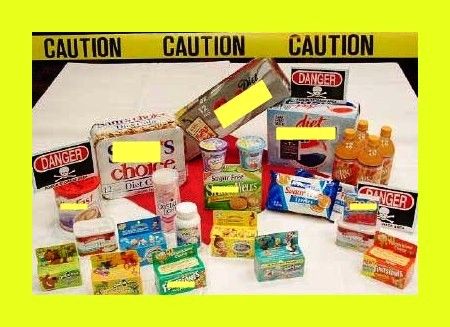
Source: http://articles.mercola.com/sites/articles/archive/2011/11/06/aspartame-most-dangerous-substance-added-to-food.aspx

